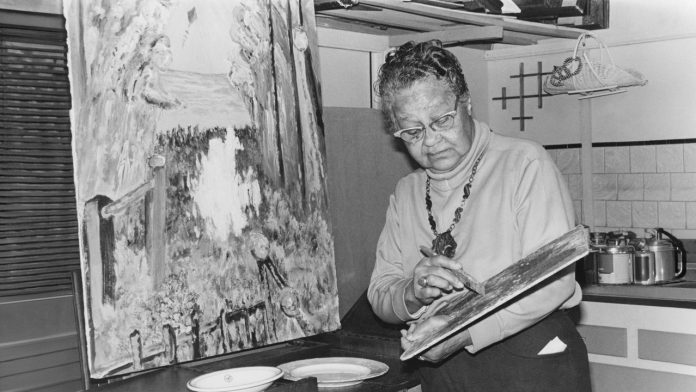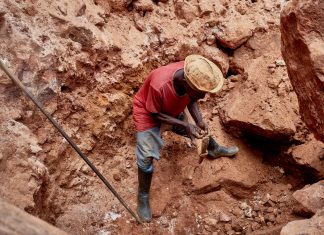Why is publishing this type of text important to Saint Heron’s overall mission?
Research is such a pivotal and monumental part of my process in any creation whether it be via my personal practice or with Saint Heron. Through my personal work, that research is very insular and done in solitude and alone. There’s a very quiet, intuitive voice leading that I feel can only come from me, whether that be through a new material, a new melody, or a new movement. It can be tough because the research part of my work can be very tedious, and almost obsessive; it can pull me into a hole that I can’t get out of for days (or months), amongst all of these different projects I am balancing, and sometimes I need to cut my brain off.
The groundwork is always rooted in, I have a question that needs an answer, and deciding which medium that can be negotiated and examined through can only be answered by me. Through Saint Heron, the questions are always rooted in a broader purpose much larger than myself, and can only be answered through community because these stories truly belong to all of us. It is me leaning on my collaborators, some of whom I’ve worked with for over 10 years, to [bring] their unique perspectives into the conversation. It’s truly a village, and while the ideas, the frameworks, the language and landscape may come from me, it is the call and response that truly brings life to the work.
Saint Heron has transitioned into a lot of printed matter over the past six years because I feel such an urgency in preserving the way our history is documented. There are endless stories that need to be protected and documented, but with the time we have, these are the ones that feel urgent to us and feel like a guiding light for what we can become if we continue to allow our imaginations to dream as big as Amaza’s.







